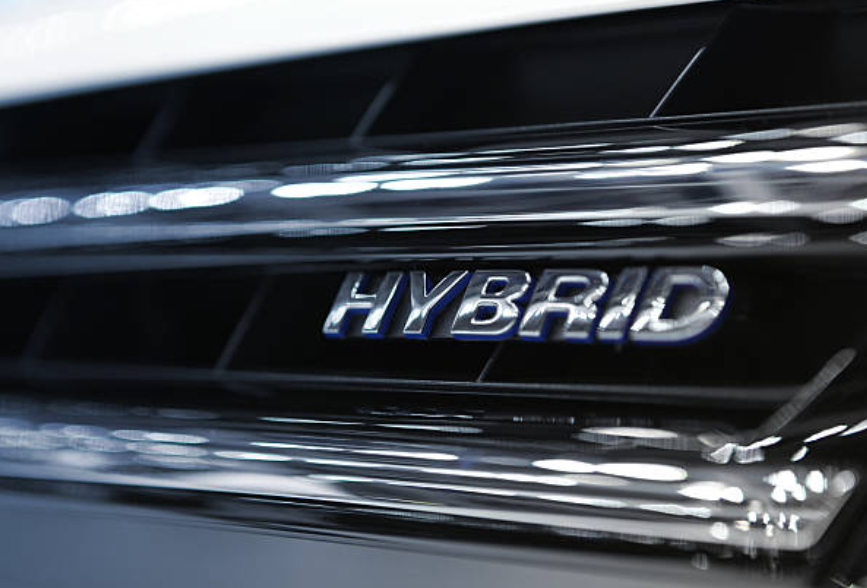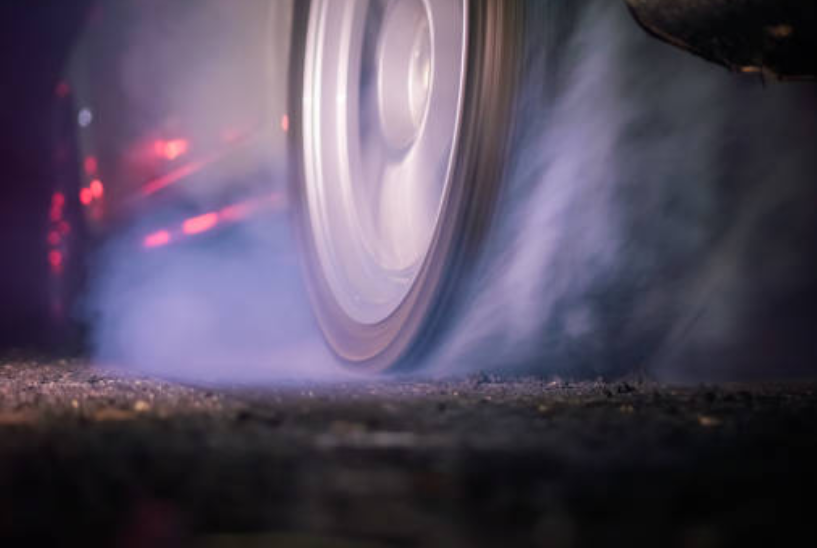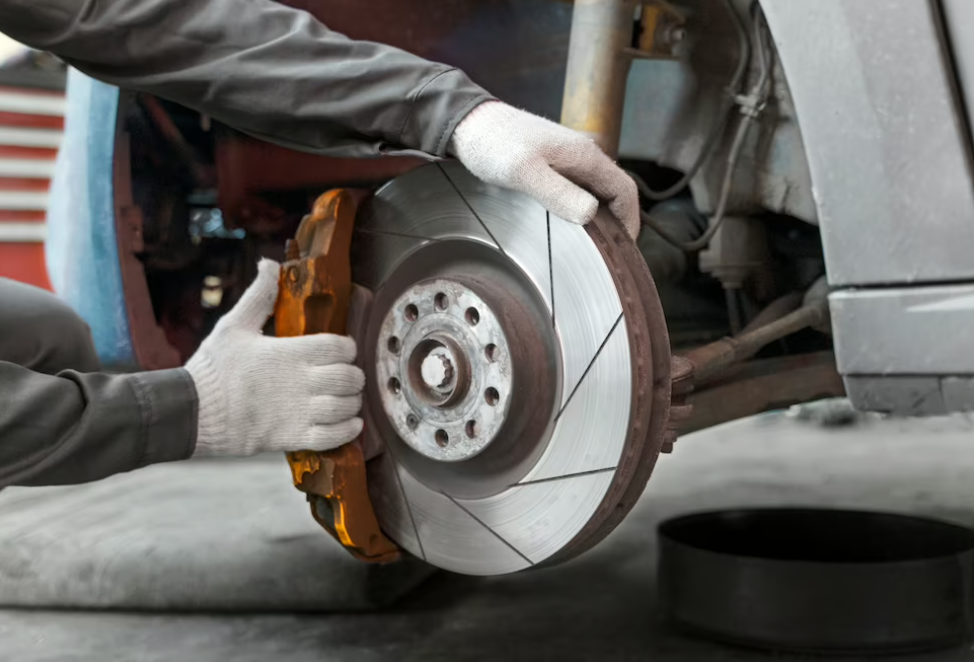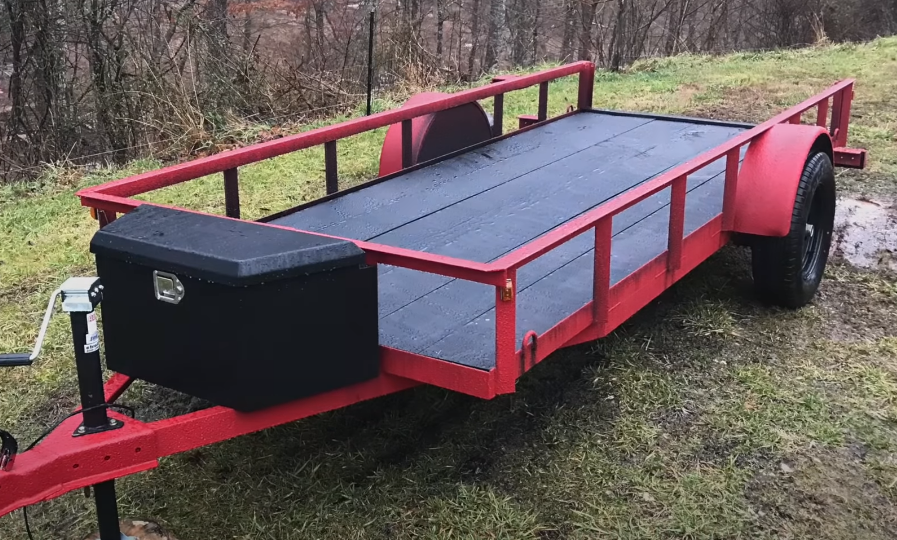How To Ascend A Steep Hill?
Exploring Moab's rugged terrain or your local off-road park often involves tackling steep inclines, adding an exhilarating dimension to the adventure. While ascending might seem straightforward for some drivers and vehicles, it's essential to consider several factors before charging up a slope.
The number of drive wheels plays a role, but comprehending the interplay between speed, power, and traction on a specific surface is paramount. Prioritize aligning your approach before embarking on the trail.
Having navigated numerous challenging inclines, The Drive’s editors emphasize that success entails more than just flooring the accelerator. However, with proper preparation and the right vehicle, overcoming most obstacles should be achievable. Let's delve into the intricacies involved.

Safety Measures for Off-Road Hill Climbing
Off-road activities carry inherent risks, warranting careful preparation and adherence to safety protocols. Consider these guidelines to ensure your readiness:
Tire Maintenance: Ensure your tires are in optimal condition and correctly inflated. Tailor tire considerations to the terrain, anticipating encounters with rocks, sand, and other challenging surfaces.
Manual Transmission Proficiency: If your vehicle features a manual transmission and you feel uncertain or uncomfortable about maneuvering it in certain situations, seek practice in less demanding environments before attempting hill climbs. Consider practicing on paved surfaces to familiarize yourself with the vehicle's handling.

Vehicle Spacing Awareness: Maintain vigilant awareness of other vehicles in your vicinity and maintain a safe distance between them. Consider allowing the vehicle ahead to navigate the hill entirely before commencing your ascent.
Hill Inspection: Prior to attempting an ascent, inspect the hill on foot to identify any potential hazards, such as roots or loose spots, that could pose challenges during the climb. Extend this inspection to the hill's summit to anticipate any abrupt drops or steep descents, ensuring a safer ascent and descent.
Pre-Climb Vehicle Inspection:
- Before hitting the trails or tackling a steep hill, conduct a comprehensive examination of your vehicle's crucial components, including tires, brakes, and fluid levels.
- Check all fluids, paying close attention to differentials, brake fluid, engine oil, and transmission fluid, considering the heightened strain of hill climbing.
- Inspect the battery for secure connections, the absence of corrosion, and its overall condition.
- Verify proper brake functionality and visually inspect for any damage.
- Examine the undercarriage, focusing on the frame and suspension system, particularly if equipped with aftermarket enhancements like lift kits or off-road shocks.
- Ensure the integrity of the exhaust system, checking for any damage or missing components.
- Verify tire pressure, adjusting as necessary for optimal off-road traction, while also inspecting for punctures, uneven wear, and proper lug nut torque.
- Assess the condition of wiper blades to ensure clear visibility during muddy conditions.
- Confirm the installation and functionality of aftermarket components such as winches and auxiliary lighting.
- For vehicles traversing off-road terrain en route to the hill climb, conduct a secondary inspection to detect any potential damage or loosened parts resulting from the journey.
Minimize electrical strain:
Turn off unnecessary electrical systems like air conditioning and aftermarket stereos to reduce strain on the battery, especially during challenging climbs where overheating is a concern.

Commence the climb:
- For vehicles with automatic transmissions, manually select a lower gear, typically D1, to provide sufficient power for the ascent.
- With manual gearboxes, aim for a slight running start to maintain momentum and select the appropriate gear (second or third) based on approach speed.
- Exercise throttle control to avoid excessive wheel spin, particularly on loose surfaces like gravel, by applying minimal throttle pressure.
- Monitor engine revs and speed during the climb, downshifting as necessary to maintain momentum and prevent stalling.
During the ascent:
- Maintain a steady, controlled pace to minimize wheel slippage and ensure a smooth climb.
- Be prepared to downshift or engage low range if the engine struggles or loses revs.
- Stay vigilant and attentive to surrounding conditions, ready to respond promptly to any loss of traction or stalling.
Handling Getting Stuck:
- In the event of a wheel spin or getting stuck, remain calm and assess the situation before taking action.
- Engage the foot brake and parking brake to secure the vehicle, then evaluate options for maneuvering out of the predicament.
- Consider reversing to regain traction or using traction boards for additional grip on soft terrain.
- If unsuccessful, devise an exit strategy, which may involve seeking assistance from other drivers, utilizing a tow rope, or employing a winch to safely retreat or continue the climb.
By following these guidelines, you can approach hill climbing with confidence and skill, whether for recreational off-roading or navigating unexpected inclines during daily driving.
- Utilize Speed for Efficiency: Upshift whenever possible to conserve fuel if you've gained sufficient speed.
- Allow for Reaction Time: Ensure adequate space between vehicles to respond to obstacles and maintain a safe distance from others.
- Prioritize Safety: Always wear your seatbelt for both safety and additional support, especially on bumpy ascents.
- Maneuvering on Manual Transmission: When stopping on a steep hill with a manual transmission, use the hand brake to assist in restarting. Engage the hand brake, shift into gear, gradually apply the gas pedal while releasing the clutch until the vehicle begins to move forward, then slowly release the hand brake to continue the ascent.

Will parking on a hill for extended periods damage my vehicle?
Parking on a hill for short durations or occasional stops typically won't cause harm, provided it's done with care. However, frequent and careless parking on steep inclines may lead to wear on transmission, brake system, and handbrake components over time. Using the hand brake before shifting into gear can help alleviate pressure on the transmission.
Can automatic transmission cars roll back on hills?
Yes, though not as quickly as vehicles with manual gearboxes. Many modern vehicles feature a brake-hold system that prevents backward movement until the driver accelerates.
Does four-wheel drive assist in ascending steep inclines?
Yes, four-wheel drive enhances climbing capability by maintaining synchronized wheel speeds, providing better traction on challenging terrain. While not ideal for on-road driving due to differing wheel speeds during cornering, it significantly improves traction off-road, especially on slippery or loose surfaces.
Is a manual transmission necessary for off-roading?
No, manual transmission isn't a necessity for off-roading. Some new four-wheel-drive vehicles are exclusively available with automatic transmissions, such as the Land Rover Defender, showcasing formidable off-road performance without a manual gearbox.
In conclusion, ascending a steep hill requires physical effort, mental resilience, and strategic planning. By maintaining a steady pace, using appropriate gear, and focusing on balance, one can overcome challenges. Adopting a positive mindset and staying adaptable are crucial. With determination, one can conquer any slope, whether literal or metaphorical, that lies ahead.
Click on the following link to read another blog post: How To Test A Relay?












